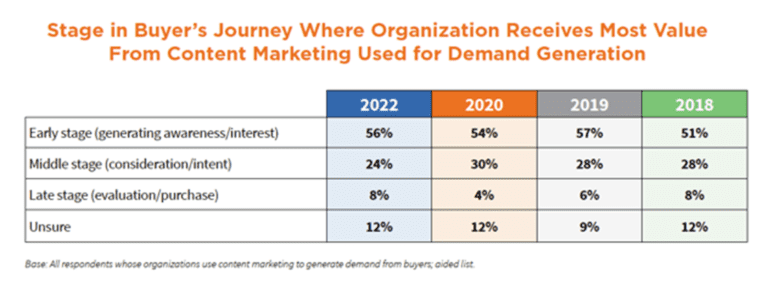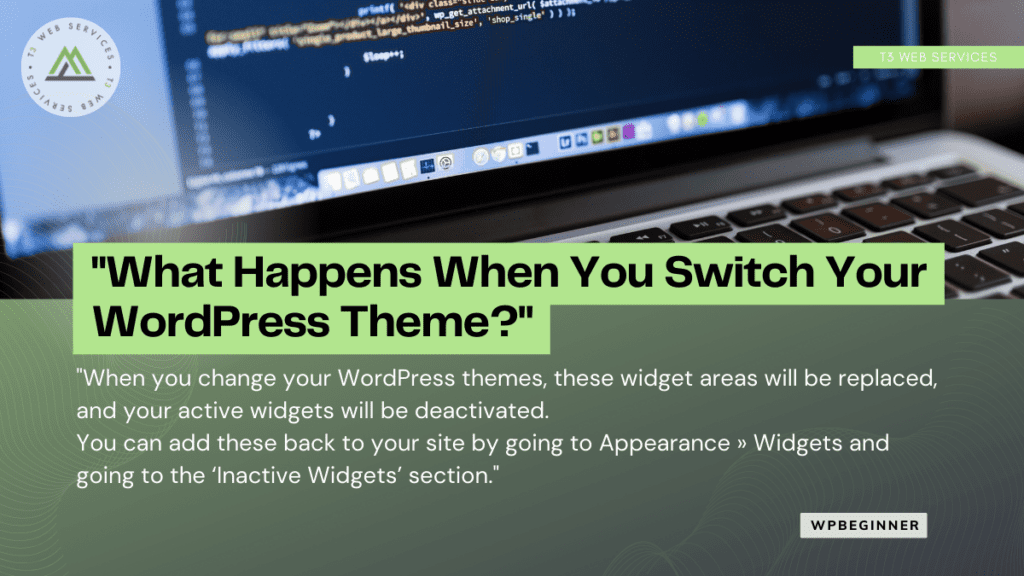A pillar post is a blog post that is extremely well-written and useful. They’re actionable, engaging, and filled with relevant images and audio/video files. Pillar posts are the foundation of your content marketing strategy because they offer value to your readers.
How to create a pillar post
The first step is to decide what you’re going to talk about. Once you know the questions your prospects are asking, you can start being the answer to those questions! Here are some tips for deciding what topic to write about:
– Research your competitors’ blog posts – See what topics they’re writing about and identify any gaps in their coverage.
– Use keyword research tools – Find out what keywords your audience is searching for and create content that answers those questions.
– Check out Quora and other forums – See what questions people are asking about your industry and write blog posts that answer those questions.
Once you’ve decided on a topic, it’s time to start writing! Be sure to include the following in your pillar post:
– A catchy headline – Write a headline that will grab attention and make people want to read your blog post.
– An engaging opening – Start your blog post with an interesting story or statistic that will hook readers in.
– In-depth research – Include data, statistics, and quotes from experts to back up your claims.
– Relevant images and videos – Breaking up your text with images and videos will make your blog post more visually appealing and easier to read.
– A call-to-action – Include a CTA at the end of your blog post to encourage readers to take action.
Do I Write Separate Pillar Posts For Each Category?


How well defined are your categories?
Is there an overlap between categories?
Do your categories share keywords?
You get the picture – each site is different, and I suspect if two knowledgeable SEO pros looked at your content structure, they most likely would disagree on what needs to be changed.
Your content structure needs to adhere to the structure of the content, not the other way around.
In a perfect world, the structure of a site would be created around the content needed to communicate the purpose and value of the page – no more, no less.

https://www.searchenginejournal.com/pillar-pages-per-category/464479/
Listen Up: How B2B Marketers Are Expanding Social Listening Offline & Beyond


Amp Up Your B2B Digital Listening First
Before tackling in-person listening improvements, it’s important to make sure that your social media listening efforts are in order, and that you’re doing all you can within each social environment relevant to your organization or brand.
A few areas where social listening may be a good fit include the following:
- Established social channels including LinkedIn, Twitter, Facebook, and Instagram
- Emerging online channels including BeReal, TikTok, Twitch, Reddit, and Discord
- Research tools and databases including the Internet Archive / Wayback Machine and JSTOR
- Search engines and third-party search tools such as Semrush, Meltwater, and BuzzSumo
- Question research tools including KeywordTool.io, Answer the Public, and others
When you’re looking to learn exactly what your audience thinks about a particular topic, taking a direct approach with polls either through social media platforms or on a brand website can also help efficiently get the job done.
Put Your B2B Listening Skills To Use Beyond Social
Once you’ve ensured that your digital listening strategies are running smoothly and gathering B2B marketing insight, it’s time to focus on doing the same for all of those non-social interactions we conduct every day, including:
- Email communications
- Phone conversations
- Zoom or other video conferencing meetings
- In-person interactions and meeting
- Real-life professional networking events
One way to start changing the intensity of our listening is to make a point of specifically including it in every interaction, whether it’s reminding ourselves to look more closely at the email we’re responding to, devoting more time to listening on phone or video calls, or preparing a series of questions ahead of time to ask during in-person conversations and events.

https://www.toprankblog.com/2022/10/taking-social-listening-offline-and-beyond/
Want To Generate More Demand? Follow These 4 Content Tips


1. Prioritize awareness and conversion-focused content
In the buyer’s journey, content in the early stage still brings the most demand-gen value for over half of the organizations surveyed (56% in 2022 vs. 54% in 2020).
You may achieve better results with content targeted to needs at the early and late stages of the funnel rather than the consideration stage.

2. Make change easier to implement.
The CMI research also suggests prioritizing helping consumers understand how to change – and making it easier for them to do so – instead of convincing consumers why they need to act.

https://contentmarketinginstitute.com/articles/generating-less-demand-content
What’s Standing in the Way of More Creative Marketing Output?


Marketers have sometimes put analytics and creativity in opposition, but an emphasis on data and analytics isn’t a key factor holding back creativity in marketing output, according to research from the World Federation of Advertisers (WFA).
Based on a survey of 640 senior client-side marketers in 34 markets, the results indicate that the most-cited barrier to boosting the creativity of marketing output is a risk-averse culture (51%). This brings to mind recent research from Phrasee, in which 92% of marketers surveyed said they were “playing it safe” with their content marketing language for fear of getting it wrong.
Other oft-cited barriers by client-side marketers surveyed by the WFA included short-term focus (48%), having too many decision-makers (44%) and budget cuts (40%).
By comparison, fewer said that an over-emphasis on data analytics (21%) is a barrier to improving their creative output, and fewer still blamed investment in digital channels (17%).

https://www.marketingcharts.com/advertising-trends/creative-and-formats-227384
Meta Announces New Ad Options for Facebook Reels Which Could Facilitate Creator Revenue Share


Meta sees Reels as ‘the future of video’ on its platforms, with engagement with short-form content being one of the only positive growth trends across its apps at present.
Whether that’s due to more people looking to watch Reels, or Meta pumping more of them into feeds, is another question – but clearly, Meta’s keen to double-down on Reels content, which also means that it needs to offer Reels creators greater revenue share, in order to keep them posting.
On this, Meta has today outlined some new Reels ad options, which will provide more capacity for brands to tap into the format, while also, ideally, providing a pathway to revenue share for top creators.
The first new option in testing is ‘post-loop ads’ which are 4-10- second, skippable video ads that will play after a Reel has ended.

https://www.socialmediatoday.com/news/Meta-Tests-New-Ad-Options-for-Facebook-Reels/633343/
4 SEO Experts Share Key Actions To Raise Client Satisfaction


Action 1: Set Realistic Expectations & Communicate All Changes
It’s important to be on the same page with your stakeholders and clients – especially during a crisis.
Market trends can shift suddenly, and you’ll need to review and adjust SEO goals.
Be Proactive: Point Out Potential Success Or Upcoming Issues
As Declan Reilly, Evoluted’s Head of SEO, puts it:
Expectations are everything.
Working together with our clients, we determine what represents success and how achievable it is at the earliest opportunity, then review it throughout.
So, if the economic environment shifts and changes what makes our work a success, then that will prompt us to review things again alongside the client.
Action 2: Highlight SEO Opportunities With SEO Forecasting
SEO forecasting can help uncover unique opportunities and help you evaluate evolving trends before your competitors do.
Uncover Real-Time Market Shifts: Evaluate Shifting Trends
One way to uncover real market shifts and underlying opportunities is to gauge the search landscape, including year-over-year trends, to estimate growth potential.
Reilly argues:
Forecasting can be difficult when it comes to SEO but is also crucial to make sure you’re working towards a target that can provide a return on investment.
We look into the total search volume of the market that our clients are targeting, how much of a share they’re currently getting, and then consider what improvements are needed to get X traffic and Y sale increases.
This really helps bring the opportunity to life and makes [SEO] more tangible as an investment.

https://www.searchenginejournal.com/seo-experts-raise-client-satisfaction-seomonitor-spcs/465907/
What Happens When You Switch Your WordPress Theme?


Theme Menus Will Change with New WordPress Theme
WordPress has a built in navigation menu system. Each WordPress theme will have a different way of displaying and using these menus.
That’s why there will be new menu locations when you switch your WordPress theme.
If you’ve previously assigned a menu to a certain theme location, then it will need to be reassigned after your theme changes.
To change your menu locations, simply go to Appearance » Menus and select your menu from the drop down.
Then, check the box for the location where you want the menu to display.
You can select multiple locations for a single menu.

https://www.wpbeginner.com/beginners-guide/what-happens-when-you-switch-your-wordpress-theme/


Leave a Reply